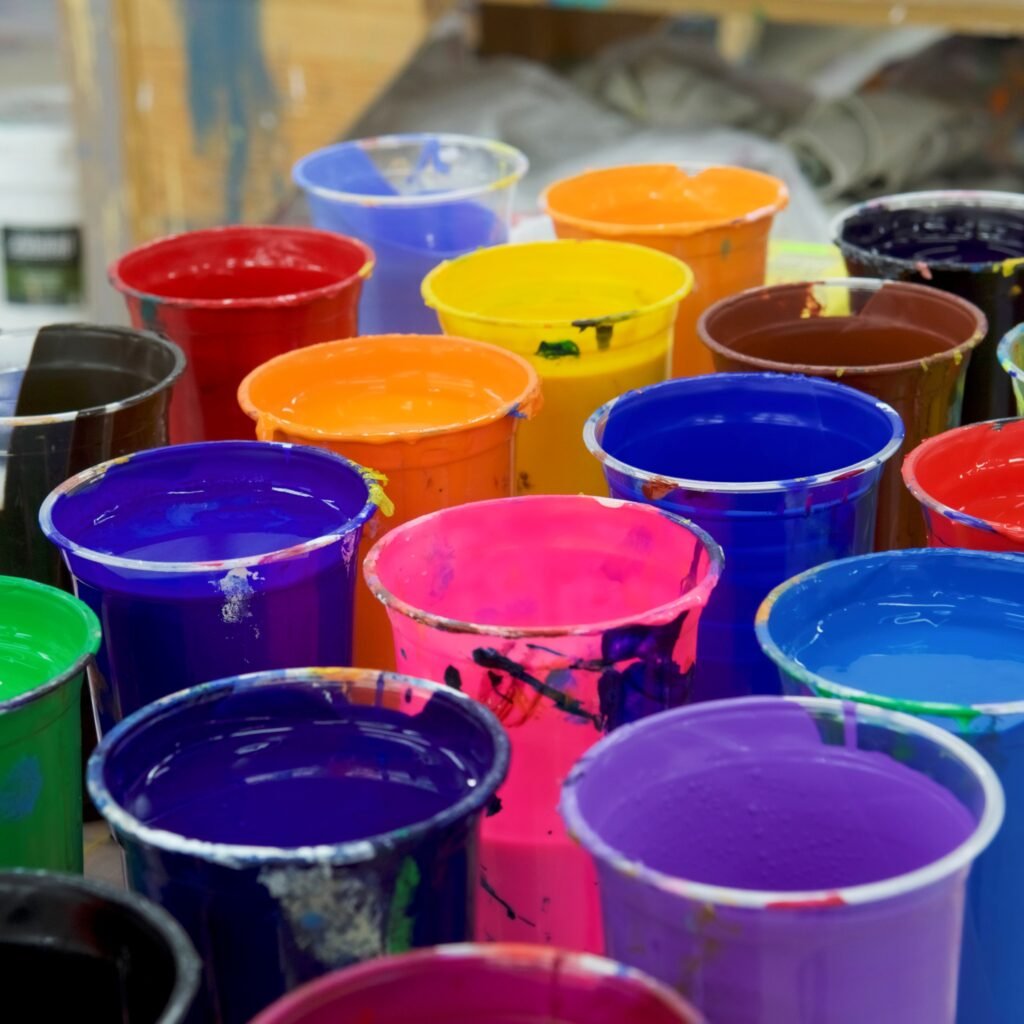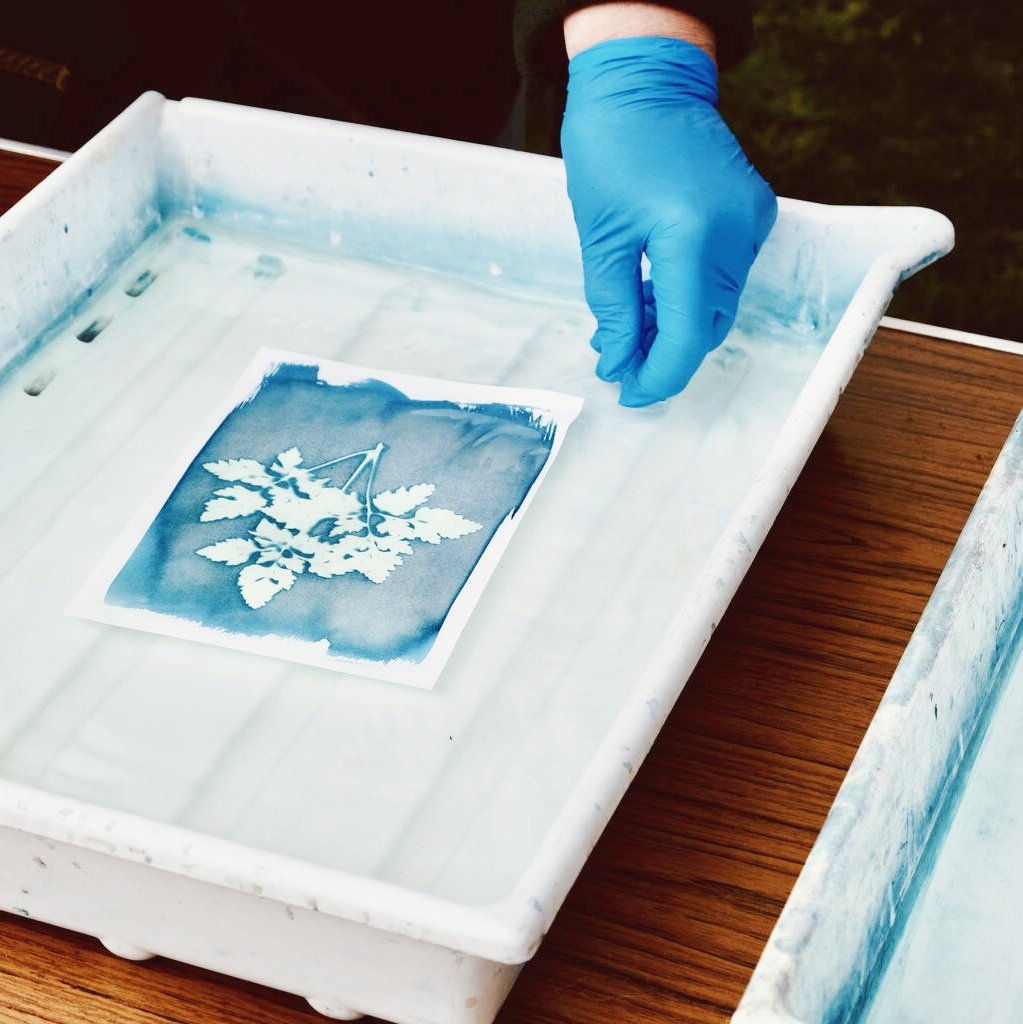In the vibrant world of screen printing, ink choices are as diverse as the designs they bring to life. Among the myriad of options, pink glitter plastisol ink stands out with its shimmering appeal and playful aesthetics. But as businesses and consumers become increasingly aware of environmental and health impacts, the question arises: Is pink glitter plastisol ink eco-friendly and safe for use? This article delves into the intricacies of pink glitter plastisol ink, exploring its composition, environmental footprint, and safety aspects, while also touching on related innovations like photo-chromatic plastisol inks and phthalate-free alternatives.
Understanding Pink Glitter Plastisol Ink
Pink glitter plastisol ink combines the classic characteristics of plastisol inks with the mesmerizing sparkle of glitter particles. Plastisol inks are suspension-based, meaning they consist of pigment particles suspended in a liquid plasticizer. When heated, these inks flow and fuse to the fabric, creating a durable and vibrant print. Pink glitter plastisol ink adds a layer of glamor, making it a favorite for fashion, promotional items, and DIY crafts.
From its initial formulation to its application, pink glitter plastisol ink undergoes rigorous quality checks to ensure consistency and appeal. However, its appeal alone doesn’t guarantee eco-friendliness or safety. Let’s break down these aspects further.
Eco-Friendliness of Pink Glitter Plastisol Ink
The environmental footprint of any ink is influenced by its raw materials, production processes, and disposal methods. Pink glitter plastisol ink, like other plastisol inks, traditionally contains polyvinyl chloride (PVC) and plasticizers. PVC is a durable material but has raised concerns due to its non-biodegradable nature and potential for releasing harmful chemicals during disposal or incineration.
However, advancements in ink technology have led to the development of more eco-conscious options. Manufacturers are increasingly adopting biodegradable and recyclable materials in their ink formulations. While pink glitter plastisol ink might still lag behind in full biodegradability, eco-friendly versions are on the rise. These versions often use less harmful plasticizers and incorporate recycled materials, reducing the overall environmental impact.
Moreover, the glitter component in pink glitter plastisol ink can be sourced from sustainable materials like biodegradable cellulose or recycled glass. While traditional metallic or polyester glitter might pose environmental concerns, biodegradable glitter alternatives are gaining traction.
Safety Considerations for Pink Glitter Plastisol Ink
When evaluating the safety of pink glitter plastisol ink, it’s crucial to consider its potential health impacts during production, application, and end-use. Traditional plastisol inks may contain phthalates, a class of plasticizers known for their hormone-disrupting properties. Phthalates have been linked to various health issues, including reproductive problems and cancer.
Fortunately, the industry is transitioning towards phthalate-free plastisol inks, including phthalate-free plastisol reflective screen printing inks. These inks offer the same durability and vibrancy without the associated health risks. When choosing pink glitter plastisol ink, opting for phthalate-free versions is a significant step towards ensuring safety.
Additionally, the glitter particles in pink glitter plastisol ink should be non-toxic and skin-safe. Manufacturers often coat these particles to prevent skin irritation and ensure they comply with safety standards set by regulatory bodies like ASTM (American Society for Testing and Materials) and Oeko-Tex.
Innovations in Pink Glitter Plastisol Ink
The world of ink technology is constantly evolving, and pink glitter plastisol ink is no exception. One notable innovation is the introduction of photo-chromatic plastisol inks, also known as photochromic plastisol ink. These inks change color when exposed to UV light, adding a dynamic element to designs.
Imagine a pink glitter plastisol ink that shifts to a shimmering lavender under sunlight. Such innovations not only expand creative possibilities but also cater to the growing demand for interactive and engaging prints. Photo-chromatic inks use special pigments that reversibly alter their color in response to light, making them perfect for fashion, promotional items, and event merchandise.
However, it’s important to note that photo-chromatic pigments might have different environmental and safety profiles compared to traditional pigments. Therefore, when choosing a photo-chromatic pink glitter plastisol ink, ensure it’s sourced from reputable manufacturers who prioritize eco-friendliness and safety.
Pink Glitter Plastisol Ink in Practice
The application of pink glitter plastisol ink spans various industries, from fashion and textiles to signage and automotive graphics. In fashion, it adds a playful touch to T-shirts, hoodies, and accessories, appealing to young consumers and those with a penchant for bold statements.
In promotional materials, pink glitter plastisol ink catches attention, making logos and slogans stand out. Its durability ensures that the prints retain their vibrancy and sparkle even after repeated washing and wear.
Moreover, pink glitter plastisol ink’s adaptability makes it suitable for different printing techniques, including flatbed, rotary, and manual screen printing. This versatility ensures that designers and printers can achieve the desired effects without compromising on quality or safety.
Regulatory Compliance and Certifications
Ensuring the eco-friendliness and safety of pink glitter plastisol ink requires adherence to stringent regulatory standards. Manufacturers often seek certifications from bodies like Oeko-Tex, which tests for harmful substances and ensures compliance with safety limits set by international standards.
These certifications provide assurance to consumers and businesses that the ink they use is not only safe but also environmentally responsible. When purchasing pink glitter plastisol ink, look for these certifications to guarantee compliance with safety and environmental regulations.
Consumer Perception and Demand
Consumer awareness about sustainability and health impacts is driving demand for eco-friendly and safe printing inks. Pink glitter plastisol ink, with its eye-catching appeal, must adapt to this trend to remain relevant.
Manufacturers are responding by offering more eco-conscious options, such as phthalate-free and biodegradable inks. By aligning with consumer values, the industry can ensure continued growth and innovation in pink glitter plastisol ink.
Challenges and Future Directions
Despite advancements, challenges remain in fully achieving eco-friendliness and safety for pink glitter plastisol ink. Balancing aesthetics, durability, and environmental responsibility is a delicate act.
Ongoing research into biodegradable materials and safer pigments will drive future innovations. Collaboration between manufacturers, regulators, and consumers will be crucial in overcoming these challenges and promoting sustainable practices.
Conclusion: Is Pink Glitter Plastisol Ink Eco-Friendly and Safe?
In summary, pink glitter plastisol ink, with its enchanting shimmer and vibrant color, offers a unique aesthetic in screen printing. While traditional formulations may have raised concerns about eco-friendliness and safety, advancements in ink technology have led to the development of more sustainable and phthalate-free options.
By choosing eco-conscious and phthalate-free pink glitter plastisol inks, businesses and consumers can enjoy the aesthetic appeal of this ink without compromising on environmental responsibility or health safety. With ongoing research and innovation, the future of pink glitter plastisol ink looks promising, poised to balance aesthetics, durability, and sustainability.



